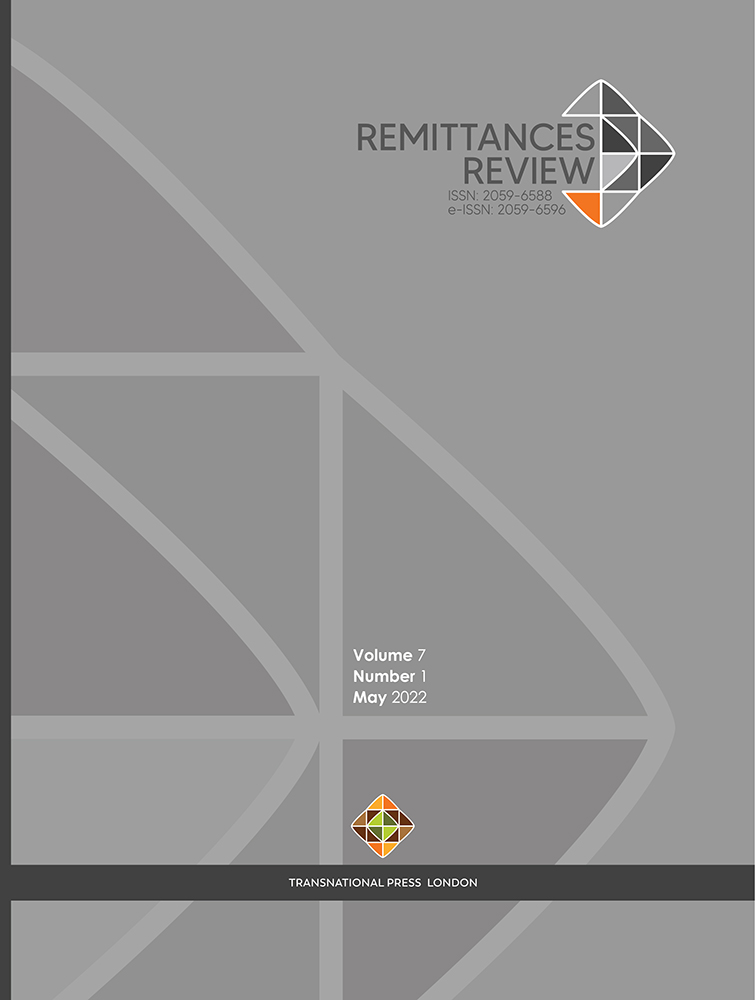Impact of Covid-19 Pandemic on Remittance Inflow-Economic Growth-Nexus in India: Lessons from an Asymmetric Analysis
Impact of Covid-19 Pandemic on Remittance Inflow-Economic Growth-Nexus in India: Lessons from an Asymmetric Analysis
Author(s): T.K. Jayaraman, Keshmeer MakunSubject(s): Economy, Health and medicine and law, Migration Studies
Published by: Transnational Press London
Keywords: Remittances; ICT; FSD; Economic Growth; Asymmetries; NARDL approach; India;
Summary/Abstract: The relentless spread of the Covid-19 pandemic from the first quarter of 2020 and the emergence of new variants since early 2021 have caused a steep decline in economic activities in all countries. The forecast by international agencies including World Bank is that remittances (REM) on a global scale would decline by 20 percent in 2021; and to South Asia in particular would decrease by 25 percent. India, a low-middle-income country, which has been among the top ten REM recipient countries, is expected to be adversely affected much more. This study examines the asymmetric effects of REM on India’s per capita GDP by using a nonlinear methodology. Additionally, factors like ICT and the financial sector are considered in an extended version of the remittance-growth relationship. The study findings reveal that the impact of the negative partial sum of decomposition of REM is higher than the impact of positive partial sum decomposition of REM, implying a greater adverse effect of declining remittances on per capita GDP growth. The findings are expected to be of substantial importance in designing appropriate policies that affect economic growth through the interaction of remittances with ICT, and financial markets.
Journal: Remittances Review
- Issue Year: 7/2022
- Issue No: 1
- Page Range: 91-116
- Page Count: 26
- Language: English

